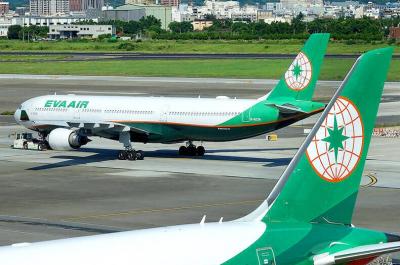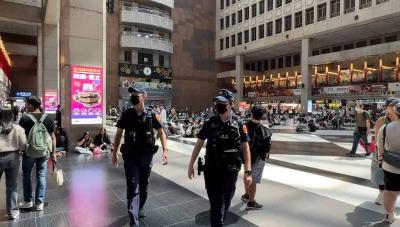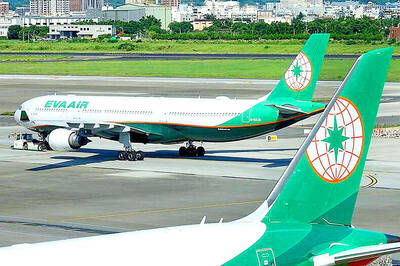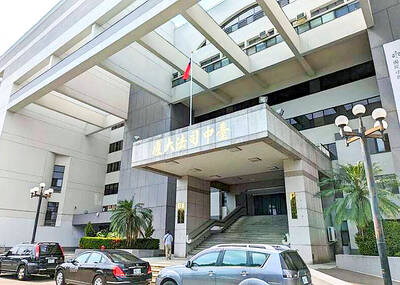A new US military study concluded that the massive missile force China has aimed at Taiwan is being constantly enhanced and improved.
While the actual number of missiles may not have increased much over the past few years — there are believed to be about 1,600 in total — China is introducing newer missiles with better range, accuracy and warheads.
“It [China] has fielded a large, diverse array of increasingly capable short range ballistic missiles, particularly within range of Taiwan,” the report by US Naval War College associate professor Andrew Erickson and senior RAND Corp political scientist Michael Chase said.
Published in this month’s National Interest, the report argues that China’s efforts to undermine Japan’s administrative control over the disputed Diaoyutai Islands (釣魚台列嶼), which Japan calls the Senkaku Islands and Taiwan also claims, are raising the possibility of a crisis that could draw in the US by challenging the credibility of the US’ extended deterrence.
“To deter negative Chinese actions in this vital but volatile region while avoiding dangerous escalation, Washington must better understand the ultimate instrument of Chinese deterrence: the People’s Liberation Army Second Artillery Force [PLASAF], which controls the country’s land-based nuclear and conventional ballistic missiles and its ... land-attack cruise missiles,” the report said.
Possessing the world’s second-largest economy and a growing defense budget has enabled China to deploy more formidable military capabilities, Erickson and Chase said.
They said that Beijing wants to wield these capabilities to increase its leverage in disputes regarding island and maritime intervention “in the event of a conflict with one of its neighbors.”
The PLASAF’s ballistic missile development program has produced longer-range, more accurate, improved-payload missiles to upgrade its existing arsenal.
“China’s missile force has deployed a variety of systems, including short-range ballistic missiles opposite Taiwan, mobile conventionally armed medium-range ballistic missiles for regional deterrence and conventional-strike operations, and new mobile, nuclear-armed ICBMs for strategic deterrence,” the report said.
The report said that to increase its influence over disputed territorial and maritime claims around its contested periphery in peacetime and, if necessary, through wartime operations, China has developed and deployed the world’s foremost force of theater ballistic missiles.
At the theater level, China’s missile force is capable of supporting a variety of types of campaigns against Taiwan, the report said.
The report cites a US Department of Defense finding that China probably could not now enforce a full military blockade, particularly if a major naval power intervened, but its ability to do so would “improve significantly” within 10 years.

EVA Airways today confirmed the death of a flight attendant on Saturday upon their return to Taiwan and said an internal investigation has been launched, as criticism mounted over a social media post accusing the airline of failing to offer sufficient employee protections. According to the post, the flight attendant complained of feeling sick on board a flight, but was unable to take sick leave or access medical care. The crew member allegedly did not receive assistance from the chief purser, who failed to heed their requests for medical attention or call an ambulance once the flight landed, the post said. As sick

A drunk woman was sexually assaulted inside a crowded concourse of Taipei Railway Station on Thursday last week before a foreign tourist notified police, leading to calls for better education on bystander intervention and review of security infrastructure. The man, surnamed Chiu (邱), was taken into custody on charges of sexual assault, taking advantage of the woman’s condition and public indecency. Police discovered that Chiu was a fugitive with prior convictions for vehicle theft. He has been taken into custody and is to complete his unserved six-month sentence, police said. On Thursday last week, Chiu was seen wearing a white

EVA Airways, one of the leading international carriers in Taiwan, yesterday said that it was investigating reports that a cabin crew manager had ignored the condition of a sick flight attendant, who died on Saturday. The airline made the statement in response to a post circulating on social media that said that the flight attendant on an outbound flight was feeling sick and notified the cabin crew manager. Although the flight attendant grew increasingly ill on the return flight, the manager did not contact Medlink — a system that connects the aircraft to doctors on the ground for treatment advice during medical

The Taichung District Court yesterday confirmed its final ruling that the marriage between teenage heir Lai (賴) and a man surnamed Hsia (夏) was legally invalid, preventing Hsia from inheriting Lai’s NT$500 million (US$16.37 million) estate. The court confirmed that Hsia chose not to appeal the civil judgement after the court handed down its ruling in June, making the decision final. In the June ruling, the court said that Lai, 18, and Hsia, 26, showed “no mutual admiration before the marriage” and that their interactions were “distant and unfamiliar.” The judge concluded that the couple lacked the “true intention of